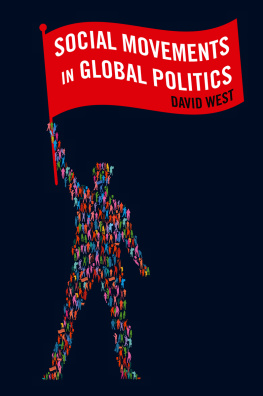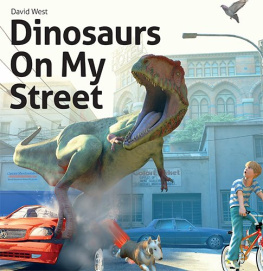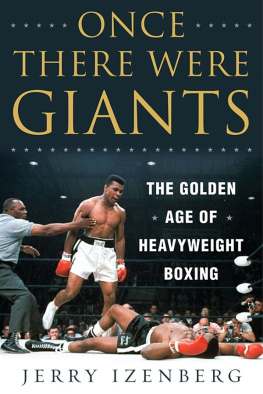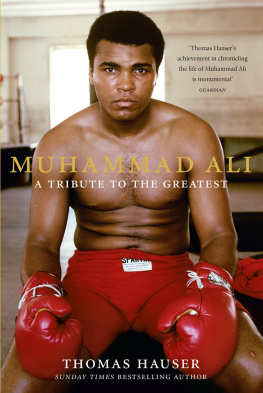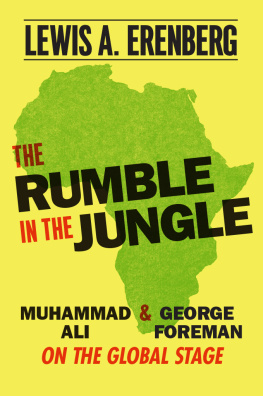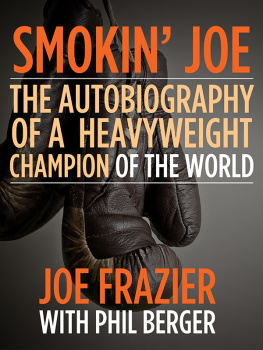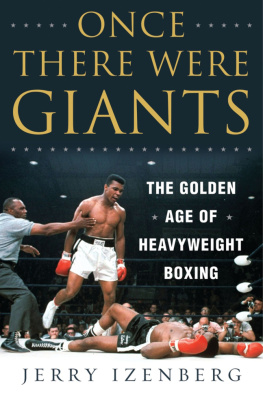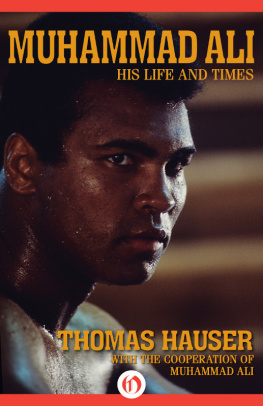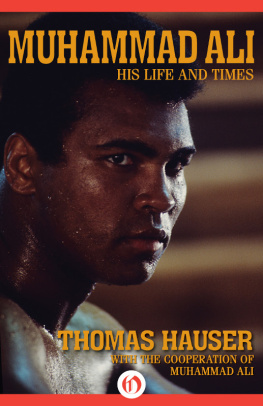David West is a freelance writer who has been covering combat sports since 2003. He was the British correspondent for the US magazine Full Contact Fighter for six years and his work has appeared in MMA Unltd, Fighters Only, Fight Sport, Fighting Spirit and many more. His feature writing includes an article exploring the legacy of the London Prize Ring for Fighters Only and a look at Britains forgotten wrestling heritage in MMA Unltd. David is the author of the book Chasing Dragons An Introduction to the Martial Arts Film (IB Tauris, 2006).
Recent Mammoth titles
The Mammoth Book of The Beatles
The Mammoth Book of Best New SF 23
The Mammoth Book of Best New Horror 21
The Mammoth Book of Great British Humour
The Mammoth Book of Drug Barons
The Mammoth Book of Fun Brain Training
The Mammoth Book of Dracula
The Mammoth Book of Best British Crime 8
The Mammoth Book of Tattoo Art
The Mammoth Book of Bob Dylan
The Mammoth Book of Mixed Martial Arts
The Mammoth Book of Codeword Puzzles
The Mammoth Book of Best New Sci-Fi 24
The Mammoth Book of Really Silly Jokes
The Mammoth Book of Best New Horror 22
The Mammoth Book of Undercover Cops
The Mammoth Book of Weird News
The Mammoth Book of Lost Symbols
The Mammoth Book of Conspiracies
The Mammoth Book of Antarctic Journeys

Constable & Robinson Ltd
5556 Russell Square
London WC1B 4HP
www.constablerobinson.com
First published in the UK by Robinson, an imprint of Constable & Robinson Ltd, 2012
Copyright David West, 2012 (unless otherwise stated)
The right of David West to be identified as the author of this work has been asserted by him in accordance with the Copyright, Designs & Patents Act 1988.
All rights reserved. This book is sold subject to the condition that it shall not, by way of trade or otherwise, be lent, re-sold, hired out or otherwise circulated in any form of binding or cover other than that in which it is published and without a similar condition including this condition being imposed on the subsequent purchaser.
A copy of the British Library Cataloguing in Publication Data is available from the British Library
UK ISBN 978-1-84901-734-3 (paperback)
UK ISBN 978-1-84901-735-0 (ebook)
1 3 5 7 9 10 8 6 4 2
First published in the United States in 2012 by Running Press Book Publishers,
A Member of the Perseus Books Group
All rights reserved under the Pan-American and International Copyright Conventions
This book may not be reproduced in whole or in part, in any form or by any means, electronic or mechanical, including photocopying, recording, or by any information storage and retrieval system now known or hereafter invented, without written permission from the publisher.
Books published by Running Press are available at special discounts for bulk purchases in the United States by corporations, institutions, and other organizations. For more information, please contact the Special Markets Department at the Perseus Books Group, 2300 Chestnut Street, Suite 200, Philadelphia, PA 19103, or call (800) 810-4145, ext. 5000, or e-mail special.markets@perseusbooks.com.
US ISBN: 978-0-76244-293-5
US Library of Congress Control Number: 2010941557
9 8 7 6 5 4 3 2 1
Digit on the right indicates the number of this printing
Running Press Book Publishers
2300 Chestnut Street
Philadelphia, PA 19103-4371
Visit us on the web!
www.runningpress.com
Printed and bound in the UK
Introduction
Muhammad Ali has been called many things in his life: The Louisville Lip, Gaseous Cassius and The Greatest, the last being self-chosen. It was a long time before the general public accepted that one. When Ali, then Cassius Marcellus Clay, first came up the professional ranks, he was sometimes dismissed as a kid with a big mouth whose ambitions exceeded his ability. Opinion in the boxing world was split. There were those who were just happy to find a fighter that had the charisma to get people talking about boxing again when the sport was on the decline. In the other corner were those, and there were plenty of them, who thought Clays apparently tireless mouth needed to be shut, preferably by way of a fist to the jaw. But love him or hate him for his pre-fight predictions, his often appalling poetry and his constant boasting, he knew how to bring a crowd to a fight. He was a character and good for the sport.
That all changed when his membership of the Nation of Islam became public. The Nations anti-integration politics, their condemnation of white people as devils and Alis very vocal embracing of the Nations views saw his popular support plummet. His refusal to serve in the US military produced a public backlash of an intensity not seen against any boxer since Jack Johnson horrified white America half a century earlier. Ali was no longer merely a braggart, he was an unpatriotic draft dodger, a bad example to the youth of America and a disgrace to his title, far worse than his unloved predecessor Charles Sonny Liston.
However, Alis stand against military service and his three-year struggle to get his boxing licence back came to be seen against the wider context of the growing anti-war sentiment and the civil rights movement. Whether or not Alis personal issues with the government were ever intended to be construed in a larger context is open to debate, but it began the process of transforming Ali from public enemy to national treasure. His claim to be The Greatest was surely given the ultimate seal of authenticity in 1978 in DC Comics Superman vs. Muhammad Ali, in which Ali even defeated the Man Of Steel. When he lit the Olympic Flame in Atlanta in 1996, his transformation from pariah to hero was complete. A man who earned his living by beating other men with his fists and who was once vilified by his government was now a symbol of tolerance, of racial integration and of America itself. It could only happen in boxing.
PART 1
THE LOUISVILLE LIP
Cassius Clay began his professional fight career on 29 October 1960 with a six-round decision victory over Tunney Hunsaker. The fight took place in Clays hometown of Louisville, Kentucky. After the win, Clay moved to Miami and joined the stable of fighters at Angelo Dundees 5th Street Gym. With Dundees guidance he learned his trade and built his record and reputation over the next two years against a series of carefully chosen opponents.
On 15 November 1962, Clay got his first name opponent the former light-heavyweight champion Archie Moore. The Old Mongoose was arguably the greatest knockout artist in the history of the square ring. His professional record, as listed in Bert Sugars The Great Fights, consisted of 229 fights and an extraordinary 141 knockouts. The two men had crossed paths before. At the outset of his pro career, Clay had been sent to Moores training camp to see if the veteran could take him under his wing as he set out on the path to pugilistic glory. It was not to be. Moore expected his fighters to pull their weight and perform the chores that kept the camp shipshape. Clay, who was used to being spoiled by his doting mother at home, refused to wash dishes or mop floors and was sent home.
Two years later, Clay was on the rise while Moore was well past his prime when they met in the ring. In a one-sided affair, Moore was dispatched in the fourth round. The Old Mongoose fought just twice more before hanging up his gloves for good. As for his youthful vanquisher, now undefeated in sixteen outings, he was just getting started.
Next page

